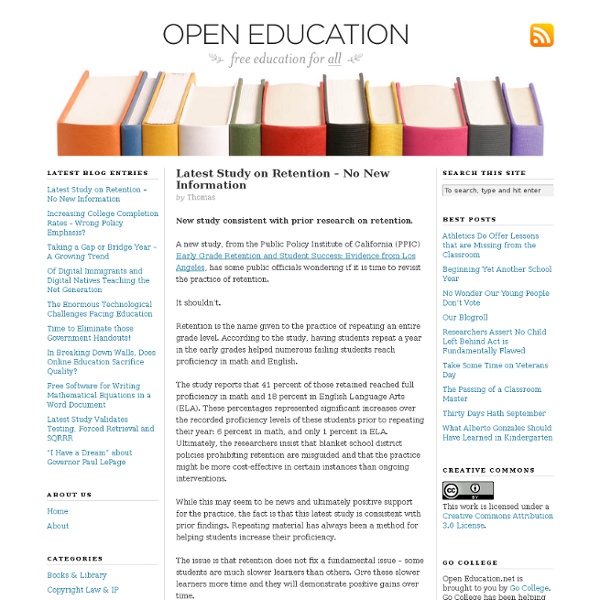



Task-based Language Teaching What is task-based language teaching (TBLT)? Task-based learning focuses on the use of authentic language through meaningful tasks such as visiting the doctor or a telephone call. This method encourages meaningful communication and is student-centred. Characteristics: Students are encouraged to use language creatively and spontaneously through tasks and problem solving Students focus on a relationship that is comparable to real world activities The conveyance of some sort of meaning is central to this method Assessment is primarily based on task outcome TBLT is student-centered Task-Based Language Teaching (TBLT) is the latest trend in SLL approaches. back to top What are the student and teacher roles in TBLT? What are some examples of tasks that can be used in the classroom? Write the past tense form of these verbs: go, is, are, do, have, work, study, buy, pick, make, put, read. Grammar Activity Now think of four things you did yesterday. Communicative activity
The Cape Town Open Education Declaration 32 Characteristics Of High-Performing Classrooms 32 Characteristics Of High-Performing Classrooms: Spotting The Holes In Your Teaching by Terry Heick Instructional design is the strategic creation of learning experiences through intentional planning, sequencing, and data-based revision of learning. This process includes both the ways content is accessed, and the learning needs and objectives (and how they are determined) themselves. This puts instructional strategies, literacy strategies, curriculum mapping, standards unpacking, assessment design, digital literacy, and a dozen other facets of education beneath its umbrella. With that in mind, we’ve created the following 32 characteristics of higher-level instructional planning to help you spot the holes in your teaching. Technology Integration Cognitive Demand Lesson Planning Assessments Curriculum Mapping Learner Choice Classroom Management Student Support Image attribution flickr user flickeringbrad; 32 Characteristics Of A High-Performing Classroom
Montessori education Children working on the phonogram moveable alphabet[1] Montessori education is an educational approach developed by Italian physician and educator Maria Montessori and characterized by an emphasis on independence, freedom within limits, and respect for a child’s natural psychological, physical, and social development. Although a range of practices exists under the name "Montessori", the Association Montessori Internationale (AMI) and the American Montessori Society (AMS) cite these elements as essential:[2][3] In addition, many Montessori schools design their programs with reference to Montessori's model of human development from her published works, and use pedagogy, lessons, and materials introduced in teacher training derived from courses presented by Montessori during her lifetime.[citation needed] History[edit] Montessori education spread to the United States in 1911 and became widely known in education and popular publications. Montessori education theory[edit] References[edit]
Open Monograph Press Open Monograph Press Open Monograph Press is an open source software platform for managing the editorial workflow required to see monographs, edited volumes and, scholarly editions through internal and external review, editing, cataloguing, production, and publication. OMP can operate, as well, as a press website with catalog, distribution, and sales capacities. Among the many features of OMP is its ability to… Handle edited volumes, with different authors for each chapter;Involve editors, authors, reviewers, designers, indexers, and others in book production;See submission through multiple rounds of both internal and external reviews;Utilize industry standard ONIX for bookseller metadata requirements (e.g., Amazon);Create document libraries for submissions, recording contracts, permissions, etc.